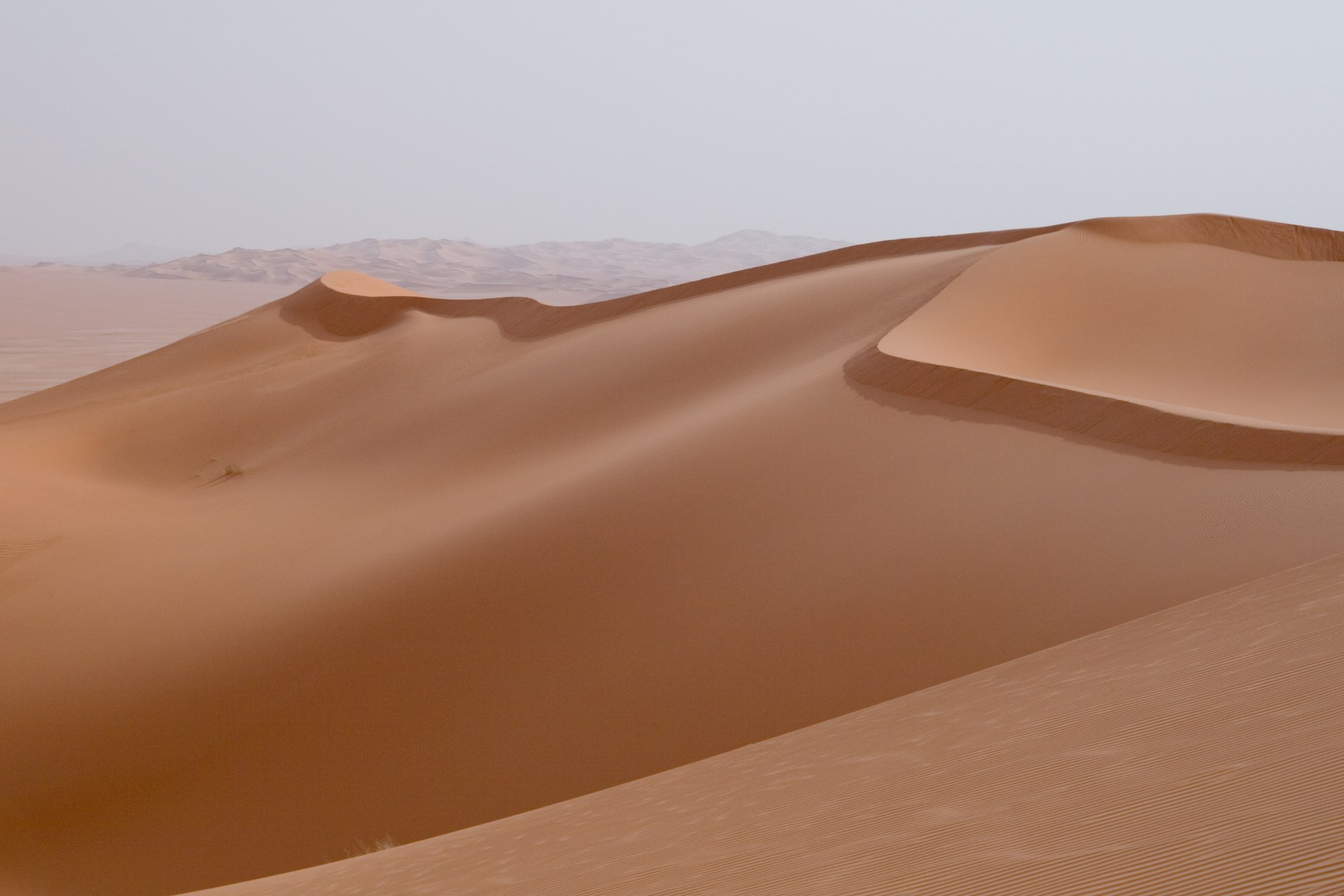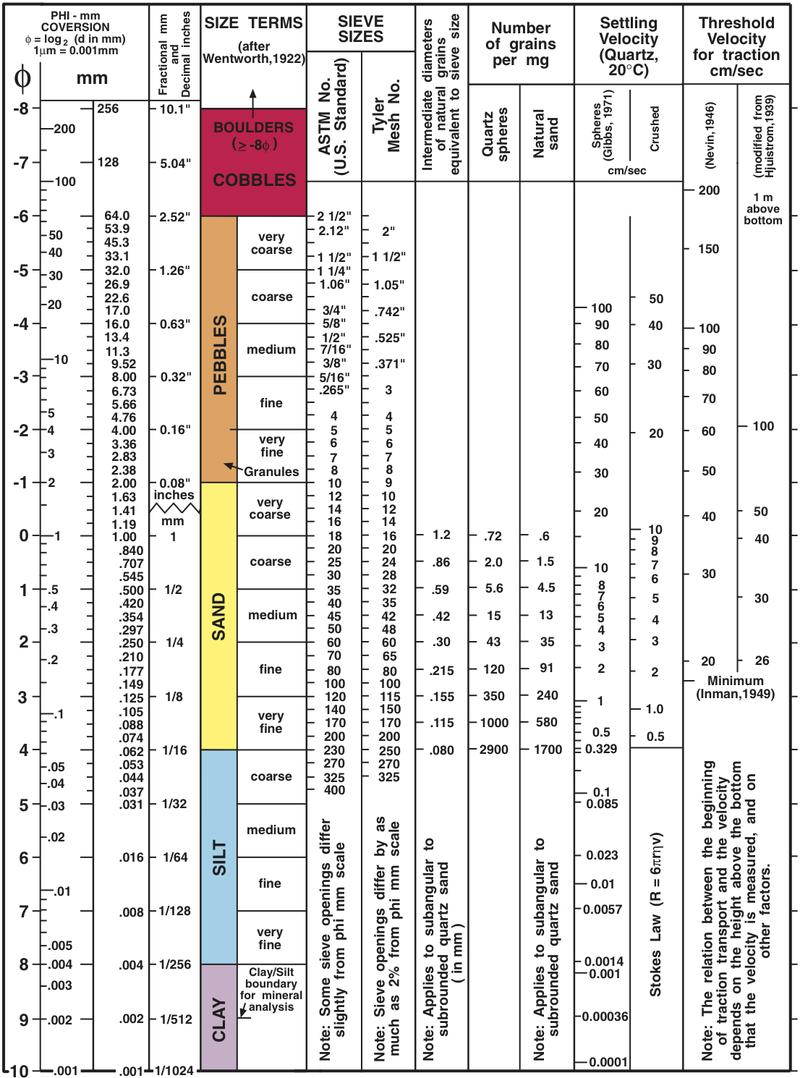
I had some debate last week about "sand" and although you can formulate the concept as "finely ground rocks", it felt like it was a bit too much extra word play for what is a common concept. I found a word that also is used as beaches in the native language. This felt particularly useful as a head word for named beaches in Hîsyêô. I debated also adding a word for gravel but I came up with this set of terms which I think is fine. Gravel didn't feel nearly as useful in describing other things as sand did.
- Boulder: îbûwê cênbô
- Cobble: îbûwê cûtî
- Very course gravel: bôlfêlê îbûwê yê gemolen yê kocko êto
- Coarse gravel: bôlfêlê îbûwê yê gemolen kocko
- Medium gravel: bôlfêlê îbûwê yê gemolen yê kocko mutyu
- Fine gravel: bôlfêlê îbûwê yê gemolen lîs
- Very fine gravel: bôlfêlê îbûwê yê gemolen yê lîs êto
- Coarse sand: duwônî yê gemolen kocko
- Medium sand: duwônî yê gemolen mutyu
- Fine sand: duwônî yê gemolen lîs
- Very fine sand: duwônî yê gemolen yê lîs êto
- Silt: gêkô yê gemolen lîs
- Clay: lîsmu
These terms are pulled from the Wentworth grain size chart:

Clearly there isn't enough room for "pebbles", "cobbles", and "boulders" in the language. But I think these longer compound terms will be fine if you ever need to describe this level of detail.
